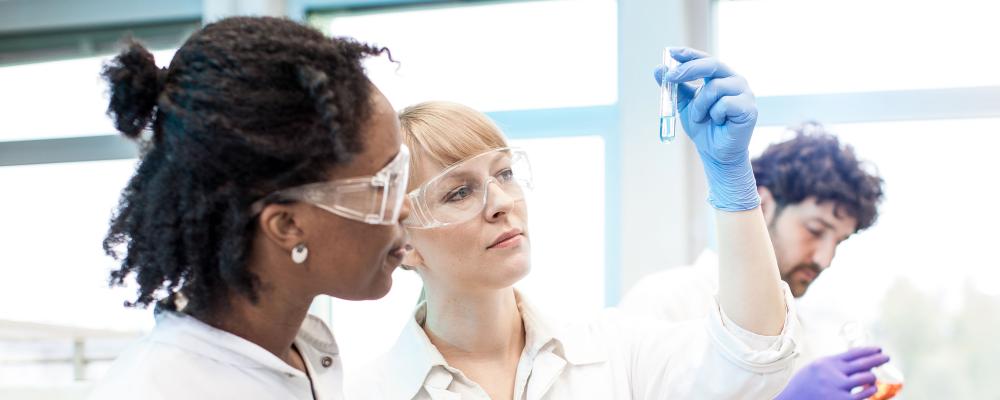Portal Our Laboratories


Surveillance activities of the Laboratory for Food Safety
The laboratory is heavily involved in coordinating and implementing the work of the SCA surveillance platform for food-chain safety. This platform brings together key public (French State, health agencies, research institutes, analytical laboratories) and private (networks of technical institutes and trade associations) players in the area of food-chain safety.
The aim is to improve the surveillance of biological, chemical and physical hazards likely to contaminate foodstuffs of animal and plant origin and pose a risk to humans. The Laboratory for Food Safety is the assistant coordinator of this platform, which is coordinated by the Directorate General for Food (DGAL). It strives to create favourable conditions for the sharing of surveillance data between all stakeholders and also develop appropriate tools for their collection and use.
The platform’s first accomplishment was the publication in March 2019 of a methodology document on the surveillance of Salmonella at the various stages of raw-milk cheese production in the cattle sector. One of the outcomes of this work has involved studying the use of whole-genome sequencing (WGS) to understand the clonal circulation of Salmonella Dublin and sources of contamination in a given region.
Monitoring hazards
The laboratory carries out surveillance work for the hazards for which it has reference mandates. This work is more or less advanced depending on the hazard and ranges from contributing to a simple surveillance plan run by the DGAL to coordinating a surveillance network of over 100 laboratories and participating in large-scale national Total Diet Studies (TDSs) on chemical hazards.
From an analytical standpoint, surveillance is using more and more data from sequencing for biological agents and from non-targeted analyses for chemical contaminants. The laboratory capitalises on these surveillance data to consolidate the weight of evidence on the source of a hazard, improve source attribution, and strengthen the detection of unusual hazards.
Anticipating emerging hazards
The laboratory’s surveillance activities are structured around and/or contribute to creating appropriate networks, in particular those involved in reference work, for the suitable collection of data relating to various hazards. It helps anticipate emerging hazards and produce information on changing trends for risk assessors and managers.
Driven by the dynamics of the surveillance platforms for animal and plant health and the food chain (ESA, ESV, SCA), an integrated surveillance approach, taking into account all sources from farm to fork (One Health concept), is implemented as part of the laboratory's development projects.
With the support of coordinating structures for reference work (ANSES's Strategy and Programmes Department), the laboratory proposes changes in the planning of the surveillance and control plans coordinated by the DGAL, in order to take into account the need to monitor new matrices or hazards.